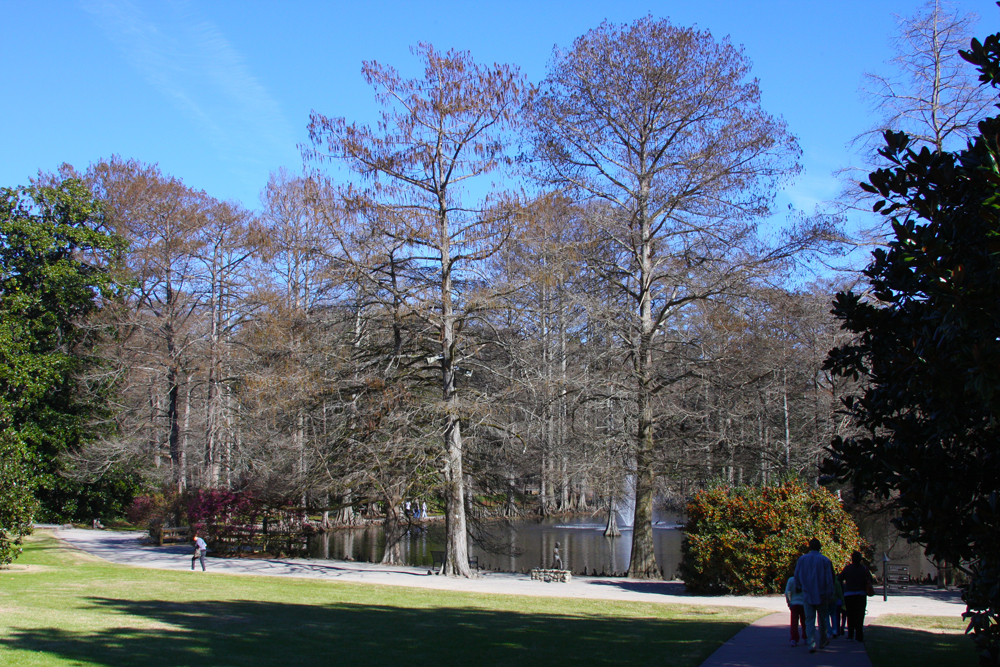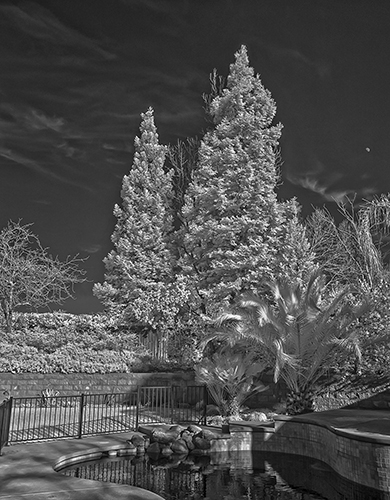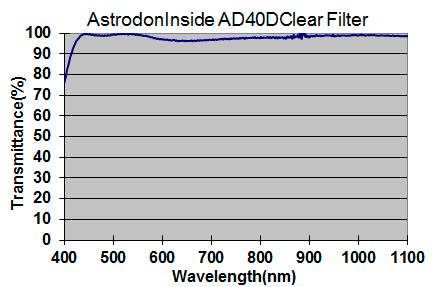Would you like to be able to use your Canon DSLR for not only normal daylight photography, but also astronomical photography AND IR photography? With a “Full Spectrum” modification, your DSLR becomes a Triple-Use camera, optimized for your current application with external or clip-in filters.
 |
 |
 |
| Normal Photography With Astronomik OWB Clip-In Filter | Astrophotography with Astronomik L Clip-In Filter | IR Photography with Astronomik Pro-Planet 742 Clip-In Filter |
The New Astrodon Full Spectrum Option 2 modifications are available NOW!
Examples of IR photography with a Full Spectrum modified camera can be seen HERE.
Available Modification Options:
| Canon Camera | Option 2 (Full Spectrum) |
| Digital Rebel 300D | No |
| Digital Rebel 350XT | No |
| Digital Rebel 400D/XTi | Yes |
| Digital Rebel 450D/XSi | Yes |
| Digital Rebel 1000D/XS | Yes |
| Digital Rebel 500D/T1i | Yes |
| Digital Rebel 550D/T2i | Yes |
| Digital Rebel 600D/T3i | Yes |
| Digital Rebel 650D/T4i | Yes |
| Digital Rebel 700D/T5i | Yes |
| Digital Rebel 1100D/T3 | Yes |
| Digital Rebel 1200D/T5 | Yes |
| 5D | No |
| 5D Mk II | No |
| 7D | Yes |
| 6D | No |
| 10D | No |
| 20D | No |
| 30D | No |
| 40D | Yes |
| 50D | Yes |
| 60D | Yes |
Full Spectrum Modification Details:
In the stock camera, the two filters present four optical surfaces (not counting the lens and the sensor itself) that the light must pass through. Each surface can cause reflections which become apparent with bright off-axis stars in astrophotography. With the Astrodon Full Spectrum modification, the two existing filters are replaced by one, presenting only two surfaces…each of which is coated with the famous Astrodon hard oxide anti-reflection coating. The clear filter is not made of ordinary float glass, but strai-free fused silica for maximum performance.

The AD40Clear filter presents greater than 95% transmission from 430 nm (UV) to 1100 nm (IR). This provides a camera that can be used for multiple purposes and optimized for each purpose by external or clip-in filters.
For instance, for normal daylight or indoor photography the spectrum must be restricted to that of visible light with a response curve that closely replicates that of the original stock filters. An external lens mounted filter such as the X-Nite CC1 could be used. This would require a separate filter for each lens in your bag, and possibly multiple sizes to fit your different lenses. A more economic and convenient solution would be a single clip-in original white balance filter such as the Astronomik OWB
which clips into the front of the lens opening in the camera and works with all Canon EF lenses you may have (the EF-S lenses will not work with clip-in filters). A custom white balance cannot be used to color correct the full spectrum modified camera for normal use since the spectral response is TOO wide for a custom white balance to work…an actual optical correction filter must be used. Because the full spectrum modification removes the “anti-aliasing low pass filter” used for the dust cleaner function, images are of the highest level of detail that your camera is capable of capturing, but the automatic dust cleaning function will no longer be available.For astronomical purposes, the extended UV and IR response must be limited, while preserving all of the wavelengths important for astronomical targets. This is because telescopes and lenses are not corrected for such a wide spectrum. They are optimized to accurately focus visible light and light with much shorter or longer wavelengths will be out of focus, causing “star bloating”. Systems that contain refractive elements are particularly bad about this problem, known as “chromatic abberation”. Even expensive APO refractors are not well corrected into the IR spectrum. A standard astronomical UV/IR blocking filter does the job nicely. Examples would be the Baader 2″ UV/IR blocker that could be put anywhere in the imaging chain. A clip-in filter such as the Astronomik Lcould also be used and would be a good solution for wide-field photography using normal camera lenses. In light polluted areas, the Astronomik CLS-CCD would be a good choice for reducing the effects of urban light pollution. SInce the camera is sensitive to the entire spectrum, narrowband filters such as Hydrogen-alpha, S2, O3, etc. can be used to good effect. Some astrophotographers are now experimenting with UV and IR imaging and the full spectrum modification provides a perfect platform for this work.
IR photography is becoming very popular and the full spectrum modification provides a camera that is wide open for experimenting with this mode. By using an external lens mounted or clip-in IR filter that passes infrared light but blocks visible light, the world appears vastly different photographically. The sky darkens and clouds become visible with much more contrast. Foliage appears in shades of white. Various processing techniques can be used to create other-worldly colored images.
All of this is now possible with a single camera!
Option 2 – Full Spectrum – IR Filter Replacement with Astrodon Clear Filter – $320.00 plus return shipping of customer’s choice
By replacing both the IR filter and the front filter used for the dust cleaner function with an Astrodon clear filter of the proper thickness, the optical viewfinder calibration and autofocus with normal lenses is retained. External or clip-in filters are used to customize the camera’s response for the use at hand…astronomical, normal photography, or IR imaging. In refractive astronomical optical systems (lenses, refractors, SCT’s with refractive corrector plates, or any telescope with an integral or external focal reducer), an external IR block filter must be inserted in the imaging chain such as a Baader UV/IR Block or Astronomik L Clip-In Filter. For normal daylight use with camera lenses, an external IR blocking and color correcting filter must be used such as the X-Nite CC1 filter or the Astronomik OWB Clip-In filter. For IR photography, a lens mounted IR filter or an Astronomik Pro 742 IR Clip-In filter may be used. Thus, with this modification and external filters, the camera becomes a triple-use device…astronomical, daylight and IR all in one!
For those who want to do the modification on their own, I offer the Astrodon AD40Clear filter by itself…
PLEASE NOTE: When doing your own camera modifications, you void any remaining warranty on your camera and you take full responsibility for any damage done during the modification. I will be happy to answer questions via e-mail but cannot be held responsible for any damages. If you do not feel comfortable working on microelectronics and expensive and fragile CMOS sensors, I offer full modification service using quality Astrodon Inside filters.
Various web sites include instructions for modifying Canon DSLR’s. Please be aware that the AD40Clear filter replaces BOTH of the stock glass filters. It should be mounted into the plastic IR filter holder in place of the stock IR filter. The front dust cleaning filter should be removed and the camera’s menu setting for automatic dust cleaning should be set to “disable”. When the AD40Clearreplaces BOTH stock filters, the position of the sensor platform does NOT have to be altered. In models with adjustable sensor platforms, be sure to carefully measure the height above the metal camera chassis of the sensor platform at all three adjustment screws with a dial micrometer or other instrument before the modification and return the sensor platform to the same position after modification. It is critical that the platform be returned EXACTLY to its original position at all three adjustment screw locations or the focus and/or sensor collimation will suffer. The adjustment can be done by counting fractions of a turn of each screw required to bottom out the adjustment and then adjusting the screws out by that same amount upon re-assembly, but I have found that method to be unreliable. A dial-micrometer provides a much finer adjustment measurement accurate to within 0.001″.